Introduction
Using a straightener to curl your hair allows for versatile styling options. To achieve the best results, it’s important to adjust the temperature settings on your straightener correctly. In this comprehensive guide, we will walk you through the step-by-step process of adjusting the temperature settings on a straightener specifically for curling hair. From understanding heat settings to considering hair type and protection, we will provide you with all the information you need to achieve beautiful and long-lasting curls with your straightener.
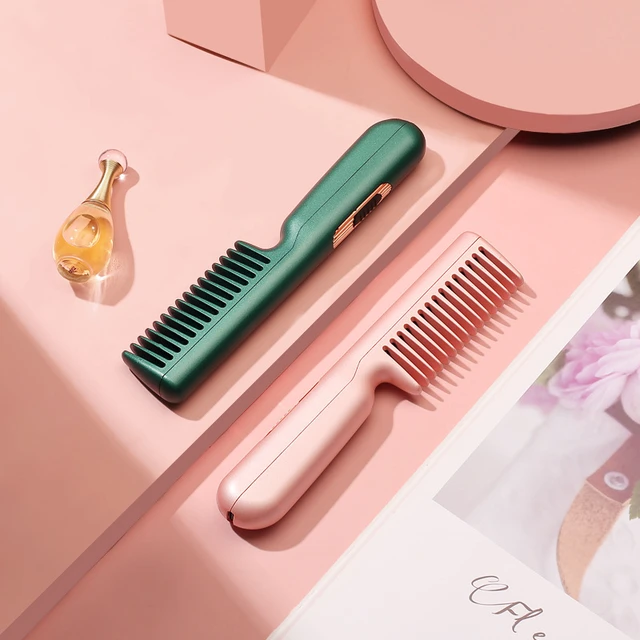
How do you adjust the temperature settings on a straightener?
Understanding Temperature Settings
1.1. Heat Range
Straighteners typically have adjustable temperature settings that range between 200°F (93°C) and 450°F (232°C). Higher heat settings are suitable for thicker, coarser hair, while lower settings are ideal for finer or more delicate hair.
1.2. Hair Damage
Using excessive heat can damage your hair, leading to dryness, breakage, or frizz. It is essential to find the right balance to minimize heat damage while still achieving the desired curl.
1.3. Hair Type Consideration
Different hair types require different temperature settings. Fine hair generally requires lower temperatures to prevent damage, while thick or coarse hair may require higher temperatures to achieve the desired curl.
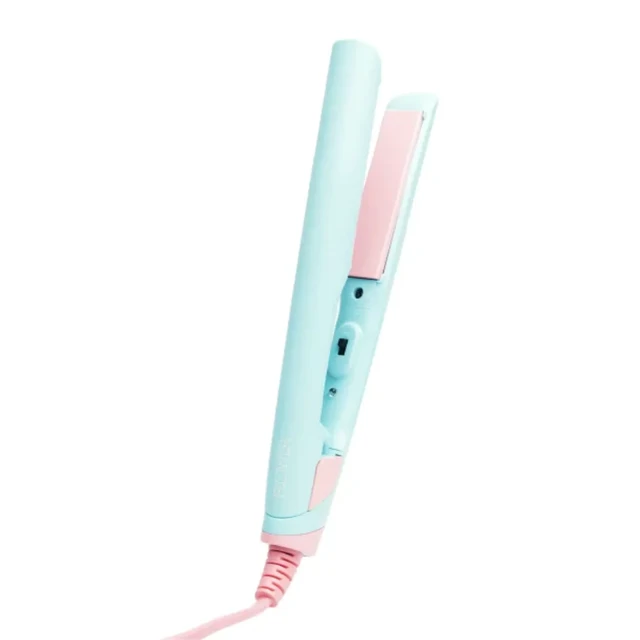
Identifying Optimal Temperature Range
2.1. Fine or Damaged Hair
For fine or damaged hair, start with lower temperature settings, generally between 200°F (93°C) and 300°F (149°C). It’s best to begin at the lower end of the range and gradually increase the temperature if needed.
2.2. Normal or Average Hair
Normal or average hair can typically be styled using temperatures between 300°F (149°C) and 375°F (191°C). Begin with a moderate temperature setting and adjust as necessary to achieve the desired curl.
2.3. Thick or Coarse Hair
Thicker or coarser hair generally requires higher temperatures to effectively curl. Start with temperatures between 375°F (191°C) and 450°F (232°C), adjusting as needed to achieve optimal results.
Preparing Your Hair
3.1. Clean and Dry Hair
Before using a straightener to curl your hair, ensure that it is clean and completely dry. This helps maintain the integrity of your hair and prevents unnecessary damage.
3.2. Apply Heat Protectant
Protect your hair from heat damage by applying a heat protectant product evenly throughout your hair. This acts as a barrier and helps minimize the impact of high temperatures on your hair.
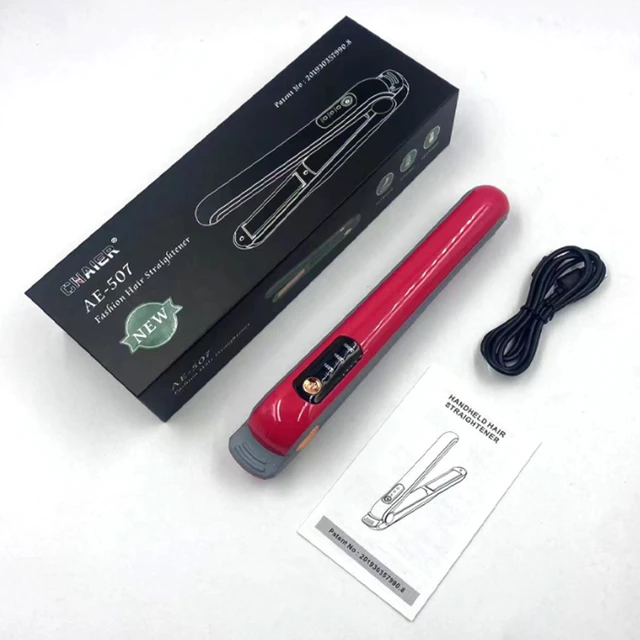
Testing Temperature Sensitivity
4.1. Sensitivity Test Strand
Perform a sensitivity test strand by selecting a small section of hair near the back or underside. Start with a lower temperature setting and curl the chosen strand. Observe how your hair responds to the heat, and assess if you need to adjust the temperature higher or lower.
4.2. Evaluating Results
Evaluate the test strand results by assessing the level of curl and the condition of the hair. If the curls are not holding or if your hair appears overly frizzy or damaged, consider adjusting the temperature accordingly.
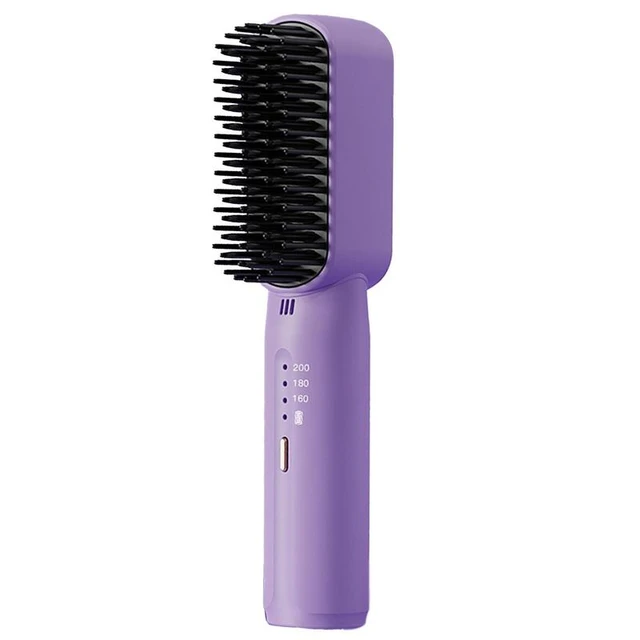
Using the Straightener for Curling Hair
5.1. Divide Hair into Sections
Divide your hair into manageable sections using clips or hair ties. Smaller sections are easier to work with and ensure more defined curls.
5.2. Adjusting Temperature
Set your straightener to the desired temperature, taking into account your hair type and the results of the sensitivity test strand.
5.3. Curling Technique
Hold a section of hair taut between the plates of the straightener close to the roots. Gently twist the straightener away from your face, working your way down the hair strand. Hold the straightener in place for a few seconds to set the curl, then release and move on to the next section.
5.4. Variation in Curl Types
To achieve different types of curls, experiment with different techniques. For tighter curls, work with smaller sections and twist the straightener more tightly. For looser waves, use larger sections and twist the straightener less tightly.
Finishing and Maintaining Curls
6.1. Hairspray or Texturizing Spray
After curling your hair, lightly spritz it with a flexible-hold hairspray or texturizing spray. This helps set the curls in place and provides a longer-lasting hold.
6.2. Avoid Touching the Curls
Resist the temptation to touch or comb through the curls immediately after styling. Let your hair cool and set before gently running your fingers through to loosen the curls and achieve a more natural look.
6.3. Maintenance
To maintain curls throughout the day, avoid excessive touching, humidity, or damp conditions. Use a light hairspray or anti-frizz product to combat frizz and maintain curl definition.
Cleaning and Storage of the Straightener
7.1. Cool Down and Unplug
Once you have finished using the straightener, allow it to cool down completely before unplugging it. This ensures safety and prevents accidental burns.
7.2. Wipe Down Plates
Periodically clean the plates of the straightener with a damp cloth or a designated flat iron cleaning solution. This removes any product residue or buildup that can affect the straightener’s performance.
7.3. Safe Storage
Store your straightener in a safe and secure place, away from heat or potential damage. Consider using a heat-resistant sleeve or case to protect the straightener when not in use.
Finding Additional Styling Tips and Techniques
8.1. Online Resources and Tutorials
Explore reputable online resources, such as hair styling websites, YouTube channels, or social media accounts dedicated to hair care and styling. These platforms offer a wealth of information, including various curling techniques and tips tailored to different hair types and lengths.
Seeking Professional Advice
10.1. Consult a Stylist
If you’re unsure about adjusting the temperature settings or want personalized advice, consider scheduling a consultation with a professional stylist. They can assess your hair type, provide recommendations, and demonstrate proper curling techniques suited to your specific needs.
10.2. Salon Appointment
If you’re hesitant to style your hair at home or if you have a special occasion coming up, consider booking an appointment at a salon. Professional stylists have the expertise and experience to achieve the desired curls using professional-grade tools and products.
10.3. Heat Damage Prevention
Professional stylists can offer additional tips and approaches to minimize heat damage and maintain healthy hair, such as using heat-protective products, incorporating regular deep conditioning treatments, and scheduling regular trims to prevent split ends.
Adjusting Technique and Experimentation
11.1. Practice and Experiment
To master the art of curling hair with a straightener, it’s essential to practice and experiment with different techniques. Try varying the angle, speed, and tension of the straightener to achieve different types of curls or waves. With time and practice, you’ll gain confidence in adjusting temperature settings and achieving desired results.
11.2. Learning from Others
Consider attending workshops or styling classes where professionals share their expertise and demonstrate advanced techniques. You can learn additional tips, tricks, and alternative approaches to achieve a wide range of curly hairstyles.
11.3. Hair Texture Considerations
Keep in mind that different hair textures may respond differently to curling with a straightener. Be patient, embrace your unique hair texture, and adapt the technique to achieve the best results for your specific hair type.
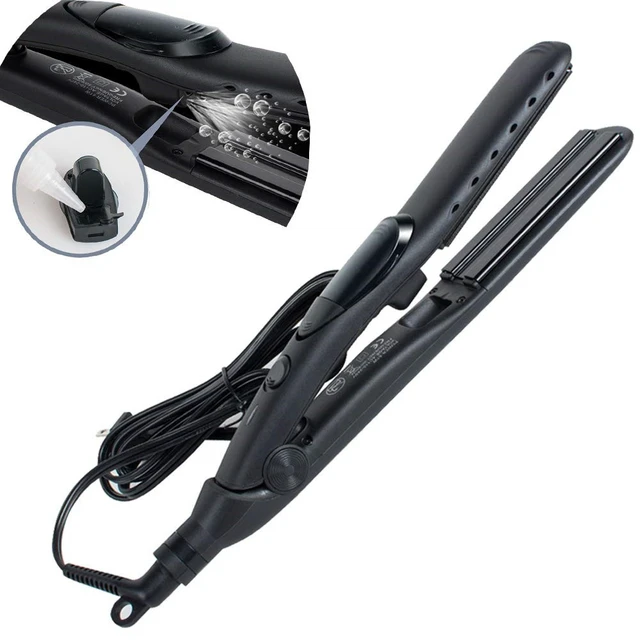
Conclusion
Adjusting the temperature settings on a straightener for curling hair is crucial to achieve desired results without causing unnecessary damage. Consider your hair type, perform a sensitivity test strand, and adjust the temperature accordingly. Divide your hair into sections, use appropriate curling techniques, and finish with suitable products to set the curls. Regular cleaning and proper storage of your straightener help maintain its performance and overall lifespan. By following these steps and experimenting with different techniques and products, you can confidently use your straightener to achieve beautiful, long-lasting curls while minimizing heat damage to your hair.
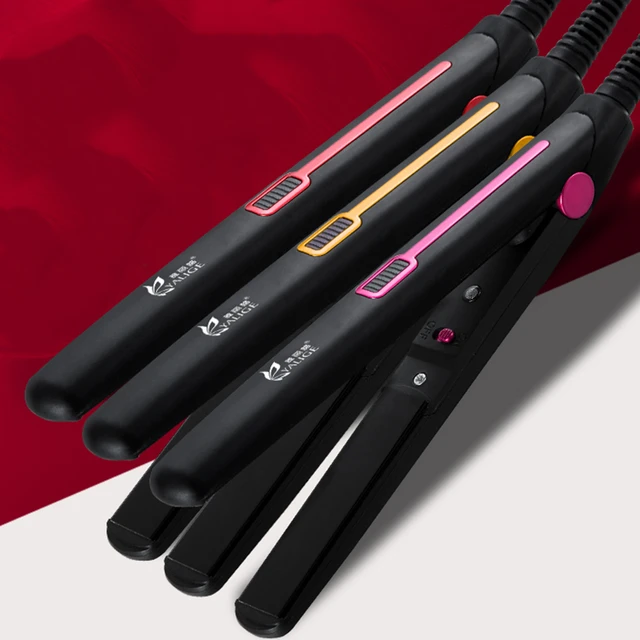
Leave a Reply